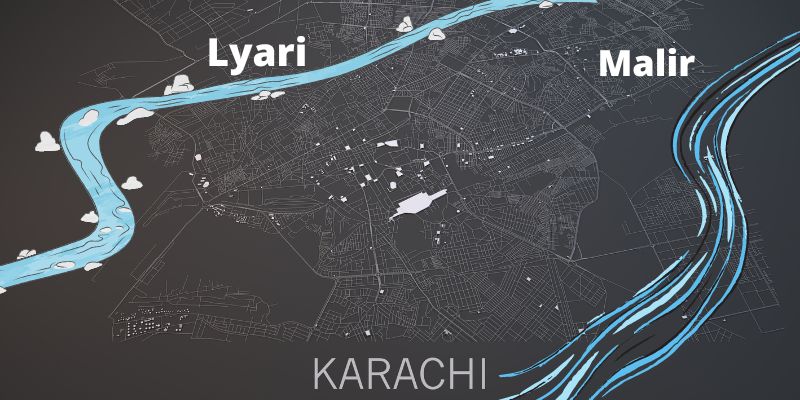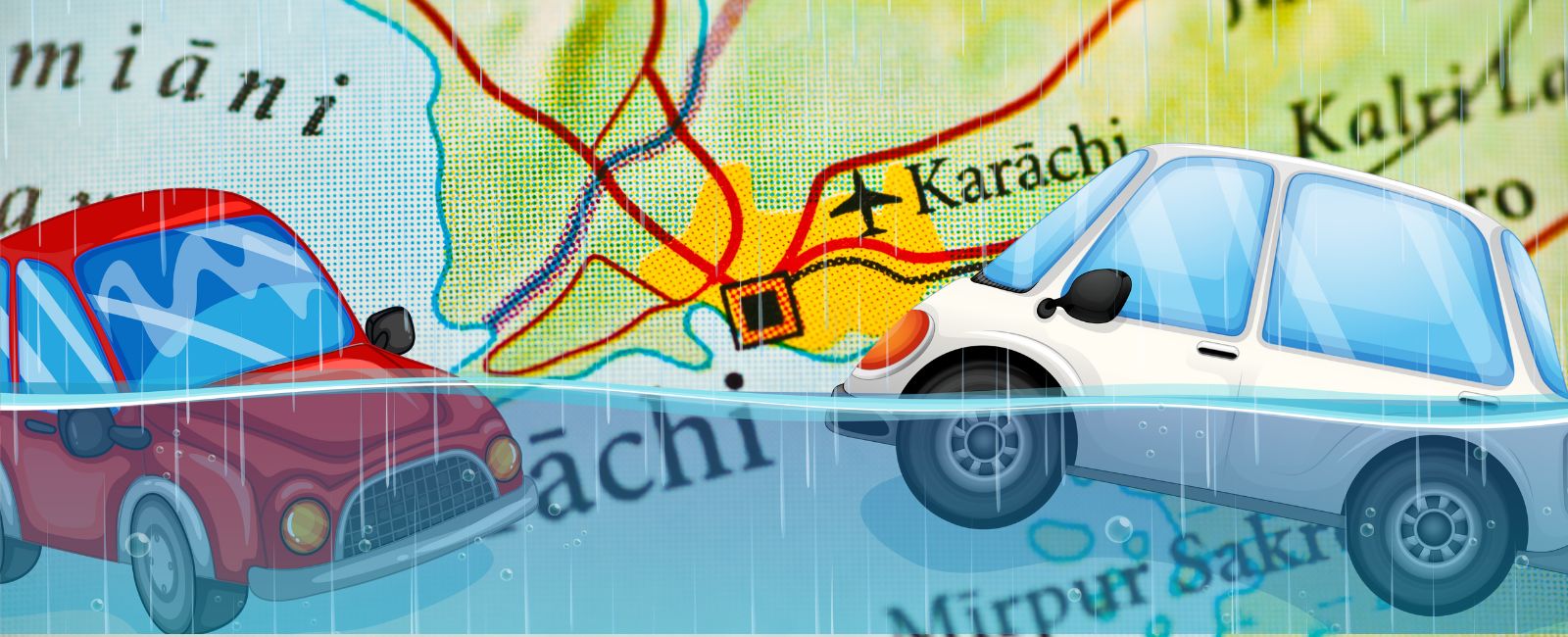Why does Karachi flood whenever it rains?
Every year, the Sindh government begins cleaning work on nullahs, but Farhan Anwar claims "this isn't the solution"

Whenever Pakistani cities experience urban flooding and its devastating effects, governments blame heavy rains, caused due to climate change, for that. But is it really climate change or poor planning?
Karachi received the most rainfall in a day in 92 years on August 27, 2020, which washed out the entire city.
The storm water drains (nullas) in Karachi are two seasonal rivers, the Lyari and the Malir. Both begin in the foothills of the Kirthar range and run parallel to one another for 14-20 kilometres. Fifty-eight storm water drains (or nullas) transport water from their catchment areas, and over 600 smaller drains feed into these nullas, as per the research.

Speaking to Geo News, Sustainability Planning Adviser Farhan Anwar said that there are several factors that contribute to urban flooding in the metropolis.
The city's concretisation
Anwar believes that heavy concretisation of the city is a critical and alarming factor among the various causes of urban flooding in Karachi.
He said that public and open spaces are disappearing, and that concrete has taken their place, causing water to accumulate.
"Open spaces serve as infiltration beds, and water runs down the ground."
Inadequate drainage system
Karachi is a large city with only two landfill sites located more than 40 kilometres from the city's eastern outskirts. Garbage was increasingly not reaching landfill sites due to the high time and monetary costs of using these. Meanwhile, the recycling industry, primarily in the informal sector, grew. Contractors pay KMC officials not to pick up garbage so that recyclable materials can be collected. Non-recyclable waste is then dumped in nullahs or at various informal dumping sites along with natural drainage systems, notes Karachi’s famous urban planner Professor Arif Hasan in his research.
According to Farhan Anwar, the available drainage streams are in bad condition.
"There are garbage-filled streams and encroachments where people live in small houses and shanties, draining all their sewage into the streams," he explained.
He also stated that what is required is not being done, and as a result, these nullahs are not available for rain drainage when it is needed.
Encroachment
These drainages are encroached upon in such a way that their endpoints are blocked, whereas they should drain into the sea, said Anwar, adding that the small amount of water that comes in is not discharged into the sea, resulting in flooding.

Inadequate planning
The city's haphazard planning is the primary cause of urban flooding. According to Anwar, infrastructure development includes transportation and road construction, both of which do not account for drainage.
"Roads are laid end to end, with no concept of service roads. There is no drainage accommodation with road and transportation infrastructure," he added.
One of the reasons for failed planning, he said, is a lack of coordination between departments.
"One department builds the road, the other demolish it," he explained.
What is the solution?
Every year, the Sindh government begins cleaning work on nullahs that are filled in with garbage, but Anwar states that "this isn't the solution."
The root causes are not addressed, and the garbage will be disposed of in the drains as long as the city does not implement a proper solid waste management system.
"If the root causes are not addressed, if the government does not provide low-income housing to the needy, people will build houses and shanties around drainages," he added.




